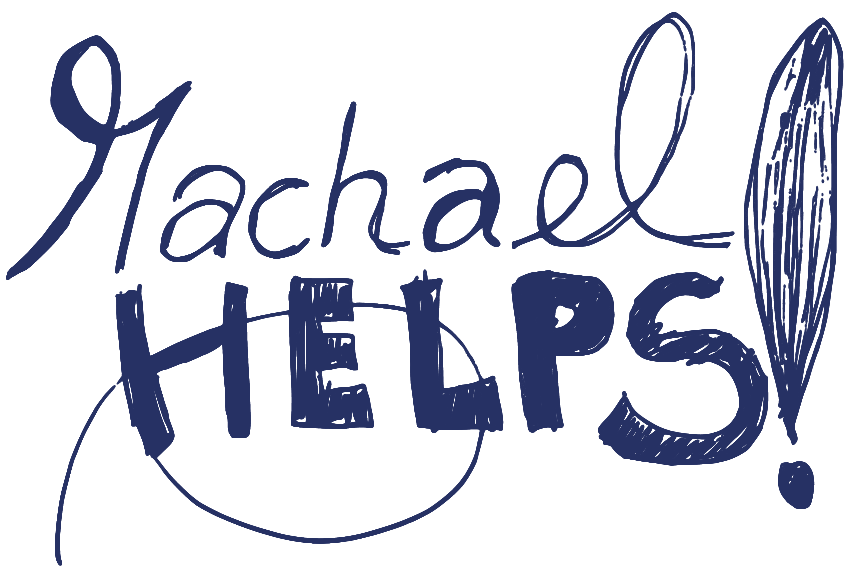French children’s stories for beginners: Santa’s neighbor (Le voisin du père Noël)
Learning French? | 0 Commentaires | ✏️ Write a comment ⤵️
Hey,
We are back with our 2nd Storytelling ‘N French for you: Santa’s neighbor (Le voisin du père Noël) by Nathalie Kuperman and illustration by Claire Legrand, with the permission of Fleurus Presse based in Paris, France (a publisher of children and young adults magazines) and also the author Nathalie Kuperman.
Before you dive in (the video, that is), are you new to my blog?
Or did you just find this video randomly on the internet?
Either way, I suggest reading this article first: “Learn French with stories – Storytelling in French for self-learners“.
It will bring you up-to-date with our Storytelling in French process and maybe answer some hidden questions that you might have.
Now on to this story.
So, how did I find this story?
Well, I no longer buy physical magazines, though I do love reading them. The paper trail is too much and too harmful to the environment, reducing lots of natural forests.
Therefore, I read digital press right off my Ipad or my Smartphone. I have a subscription to LeKiosk which is a European digital press, kind of like the American/Canadian version of Texture digital magazines.
I was in the process of discovering Children’s magazines (in French) when I found ‘Les P’tites Princesses magazine’ on the LeKiosk app, ‘Les P’tites Princesses magazine’ (N# 158 / Décembre 2017 / Rubrique ta grande histoire).
I love this magazine and who cares if it was written for eight year olds.
For a self-learner at a beginner to intermediate level in French, here’s how you can use this story and video to learn new vocabulary and everyday verbs.
Step 1: you just need to listen.
You just need to listen and get used to hearing French spoken.
Here you just want to listen several times without picking up the dictionary.
I would advise you to listen attentively (your undivided attention) three times.
No multi-tasking on Facebook, Netflix in the background, music, etc.…
This is really the first important step to learning a language.
Step 2: look for clues
Are there any images that are associated with that word?
How many times is the image repeated with that word?
Write down the clues that you found. Write the word you saw and heard in French and the image it was associated with in your language (for me that would be English).
My advice is to get creative with step two and turn into Inspector Gadget or Sherlock Holmes.
Be that detective who finds clues in the book (I played this game with some language learners, and it works).
Step 3: break out the dictionary
Now it’s time to look up your clues.
Were you able to guess the meaning with the images that were associated with the word?
I love this part. Try to play this like a game.
Step 4: talk like a parrot
Now that you have just learned some new vocabulary, it’s time to start repeating them like a parrot.
This imitation technique will help you learn how to pronounce a word in another language correctly.
Replay the video, but this time try to imitate and repeat what H.B. said in the video.
Have you ever been mimicked by someone when you were a child or an adult?
Well, this is it.
Pretend to be your brother or sister and mock H.B. in the video (I incarnate my master mocker brother).
Step 5: wash, rinse and repeat
If you’re new to self-learning, I would advise going slowly and keeping the background noise to a minimum (no multitasking on Facebook, Netflix in the background, music).
Go through steps 1 to 4 as many times as needed.
Once you feel that you have learned some new vocabulary, verbs and are able to mimic H.B., then it’s time to move on to another book.
I hope our Storytelling IN French will show you a different language learning technique (no matter what age you are).
While you’re in the process, you can discover different French authors, French culture, idioms, and more.
We pick those diamonds in the rough. There are lots of great children’s stories, French authors and illustrators in France. So, no Three Little Piggies here.
If you enjoyed our video and this blog post, please support the author & Fleurus Presse by Purchasing their magazines here:
Now on to YOU, please share:
- Have you already tried this technique before?
- How did you feel afterward, and what changes happened in your language learning process?
- What’s keeping you from doing these simple exercises?
- I love learning about new techniques in self-learning.
Please share yours!
Thank you for reading and adding your perspective to the conversation!
See ya in the comments down below.
If you enjoyed this post, I’d appreciate it if you could help it spread by emailing it to a friend or sharing it on Twitter, Linkedin or Facebook.
Rachael
✏️ Write a comment ⤵️

